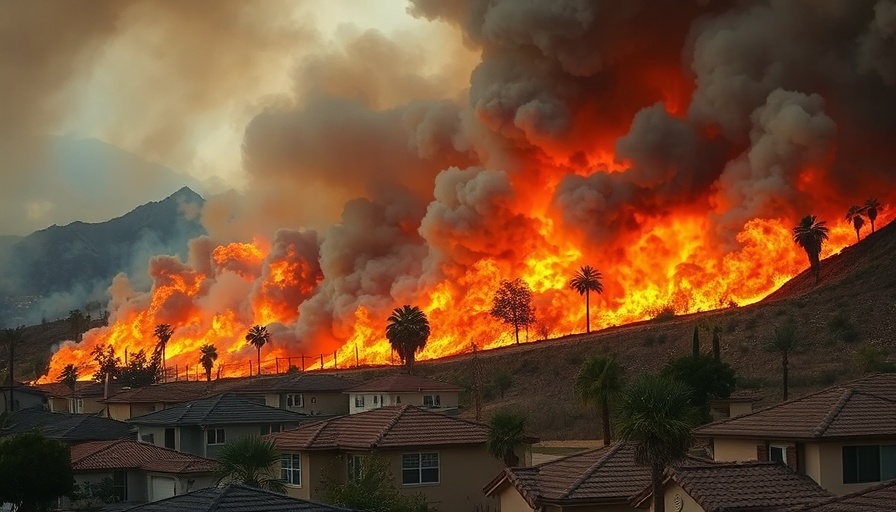
Understanding Fire Weather: What It Means for Our Environment
Fire weather refers to specific conditions that significantly elevate the risk of wildfire occurrence. Factors like temperature, humidity, wind speed, and moisture levels in vegetation all converge to create an environment where fires can ignite and spread quickly. Understanding this concept is vital for communities, especially those living near forests or grasslands at higher risk for wildfires.
The Meteorological Factors Behind Fire Weather
Several meteorological elements play a key role in determining fire weather. High temperatures along with low humidity create a dry atmosphere, allowing any small spark to escalate into a blaze. Additionally, strong winds can drive flames towards more flammable fuels, causing rapid fire spread. Monitoring these factors can lead to more informed decisions and strategies to mitigate fire risks, particularly in vulnerable areas.
Community Impact and Preparedness
For communities, understanding fire weather is not just about recognizing the potential danger; it's also about preparedness and resilience. Local residents can take proactive steps, such as creating defensible spaces around homes, participating in fire drills, and staying informed through local fire weather reports. When residents are aware of fire weather conditions, they are better equipped to respond swiftly and effectively, possibly saving lives and homes from devastation.
Looking Ahead: The Importance of Monitoring
As climate change continues to shape our environment, fire weather patterns may become more volatile. By investing in advanced monitoring technologies and community education programs, we can enhance our readiness. Understanding fire weather can lead to better prevention efforts, ultimately fostering a stronger relationship between human safety and environmental stewardship.
 Add Row
Add Row  Add
Add 



Write A Comment